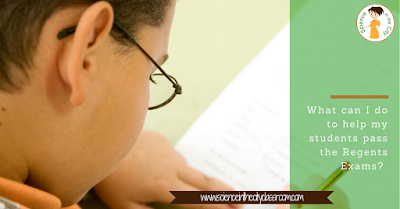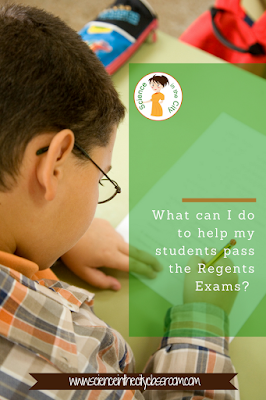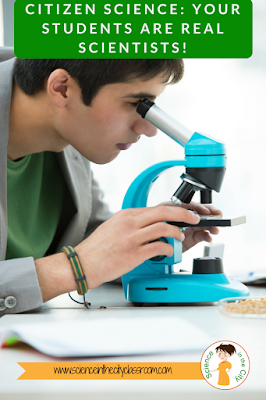If you are a Biology (Living Environment) teacher in New York State, you may be thinking about the upcoming January Regents Exams. Do you have students in your classes who are going to be re-taking the exam? Did a counselor or administrator just come to you to help a senior who needs that exam to graduate. Maybe you just taught a semester class, or even a Regents prep class, but are looking for a way to wrap up or are feeling rushed for time. Looking for a way to determine what to focus on for the January exam? I can help!
This Regents Review Resource is focused on the topics that are most frequently tests, from analysis of past year’s exams, and looking at common diagrams, types of questions, concepts, and vocabulary. There is so much in the course, but in reality, there are key concepts that always make up a substantial number of the points. Use this to your advantage! (And, more importantly, your students’ advantage).
Living Environment Review Free Sample.
This resource can be used in a variety of ways, depending upon your available time. You can review one page (topic) per day. You can have students work in partners to do a page and then go over the answer. An answer key is included, so you could absolutely just give it to them at home, with or without the answer key. Of course, since it is divided by topic, you don’t have to use all the pages. I have some really creative ideas where teachers have set up stations, or contests between different groups.
Some of my most recent feedback:
If you are looking for other ideas for to review, I would suggest you check out some of my earlier posts on Fun and Easy Ways to Gamify your Review and Tips for Successful Year End Review
I’d love to hear about how you review, and what you find most helpful to get your students ready for Regents Exams.
















